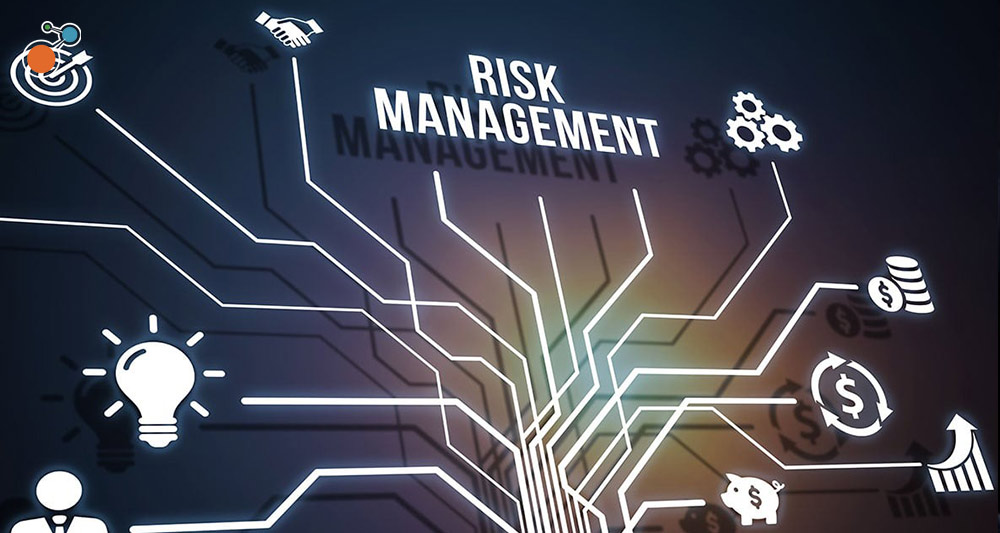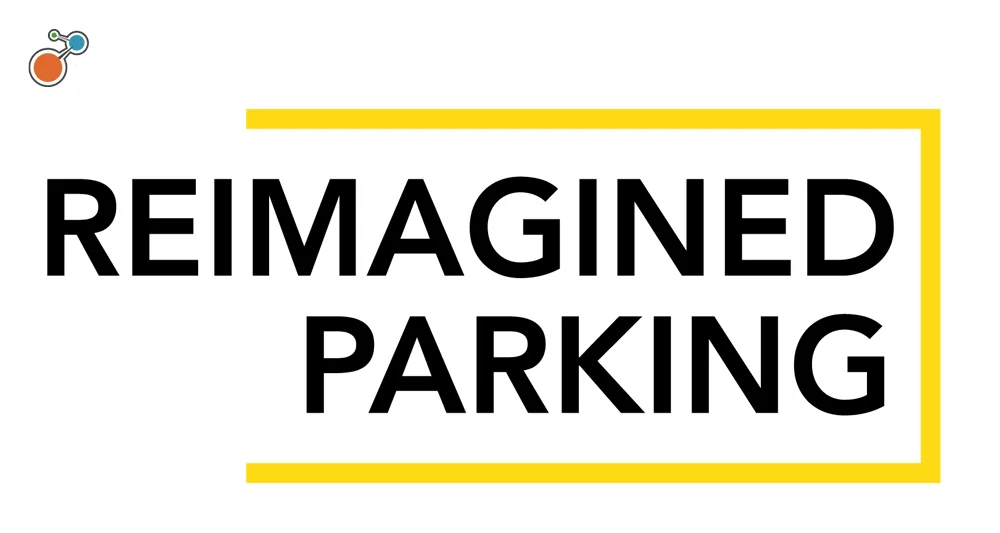Does your insurance lifecycle work like a luxury timepiece? Or does it feel more like a vicious cycle of stress? The current insurance environment is challenging, with more rules and regulations every year. Also, you now have to deal with vast data streams that need analysis. How can your business risk management be effective if you do not control your insurance lifecycle? A single platform is your answer to centralizing the insurance lifecycle.
It’s Time to Elevate Your Business Risk Management
It would be best to manage your insurance lifecycle instead of it controlling you. Anyone who works in insurance will know ideal scenarios are not always possible. The nature of the business is that it is in a constant state of change. Accidents happen when you least expect them, not only for your customers. Any little gap in your insurance lifecycle can leave your business open to risk.
You Need One Platform for The Entire Insurance Lifecycle
Information from multiple sources creates gaps, wastes valuable time, and gives little accountability to regulators. You can manage the entire insurance life cycle – from underwriting to renewal – on a single platform.
Why A Single Platform Is Good Business Sense
A FORRESTER SURVEY found that misunderstood processes delay digital transformation initiatives. Manual routing and process gaps can complicate claims and underwriting processes in the insurance industry. However, if you decide to centralize your operations, you can immediately minimize your business risks.
Insurance Policy Administration Made Easy
Every business is unique. The old legacy solutions for insurance companies do not take this into account.
Whether you are a risk manager, claim manager or underwriter, one thing any insurer employee wants is a system that is easy to use and fully customizable. Areas where automation can help make policy administration easier:
- Certificates
- Diaries
- Endorsements
- Invoicing
- Quoting
- Rating and allocation
- Renewels
- Reporting
Giving Your Customers and Members Better Experiences
A top customer experience is a priority for most businesses. Automating your processes can help you achieve that. According to McKinsey, ignoring negative customer reviews can be detrimental to your business. Evidence shows that PEER PURCHASING INSIGHTS HAVE MORE INFLUENCE ON CONSUMERS THAN MARKETING STRATEGIES.
Taking Business Risk Management to a Higher Level
Using modern technology makes insurance underwriters’ jobs a whole lot easier. It’s challenging to assess the risk of insuring a person or company. A centralized insurance lifecycle gives underwriters greater access to crucial data to make the correct business risk decisions. Also, monitoring any relevant content can provide further insight into how they should act in different situations. There are three main data challenges in the insurance industry:
- Different sources of data – this can be both internally and externally. It can lead to bottlenecks and sometimes communication confusion.
- Inconsistent data entry – insurers might have systems to enter data, but the data is not 100% accurate with manual methods.
- The time it takes for data to be sent – data might not be getting to the right person at the right time. This time lag can lead to outdated data.
Risk Management
A centralized insurance lifecycle gives you better control in risk management. When you can get business risk management right, you can make cost savings across the business. Here are some examples of how it can benefit a business:
- When an effective risk management process is in place, your business is more secure. This security means there is less risk and fewer claims as a result.
- Better risk management processes can also improve productivity which in turn reduces costs.
- Risk assessments can also help reduce and prevent fines for non-compliance issues with the regulators.
- Employees notice everything, and when they see detailed risk assessments in place, it makes them feel valued. This morale boost can also have a knock-on effect on improving employee productivity.
- Access to deeper data gives you the business intelligence to manage your risks better. You can then use this information to be more proactive and create more accurate future pricing models.
Maximizing Data Analytics With Business Intelligence (BI) Reporting
Using data analytics with Business Intelligence (BI) reporting lets you ask deep questions about your data. The current and historical intel you gather can help you optimize your business decisions, specifically for your business. The information gives you a clear picture of business risk management.
Advanced Predictive Analytics
At Riskonnect, the analytics solutions go a step further for businesses. The AI and automation functionality are more inventive than standard solutions. An excellent example of this is Worker’s Compensation claims. Predictive analytics can assess the likelihood of a claim resulting in a lawsuit.
Business Risk Management For The Future
Don’t be afraid to transition from your old system to something more modern and responsive. It will sharpen your data analytics and radically improve your business risk management.
Next Steps
Discover how modern technology is your future and learn how it can improve your business risk management. Try out a free demo of insurance policy administration software and start controlling your insurance lifecycle.




